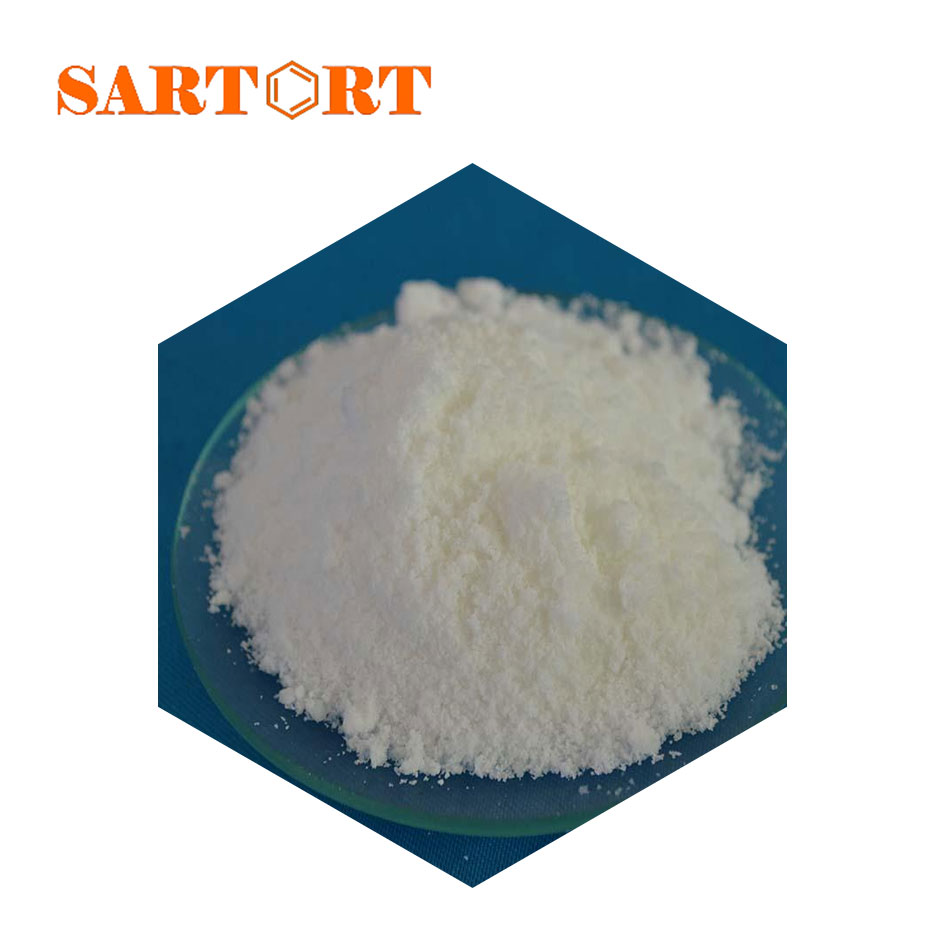259793-96-9 cas favipiravir avigan
Favipiravir, whose chemical name is 6-fluoro-3-hydroxypyrazine-2-carboxamide, is a new broad-spectrum antibody targeting RNAChemicalbook-dependent RNA polymerase (RdRp) developed by Japan’s Toyama Chemical Pharmaceutical Company Viral drugs, approved for marketing in Japan in March 2014, are used to treat new and recurrent influenza.
Chinese name: Fapilavir
Chinese synonyms: Favipiravir (6-fluoro-3-hydroxypyrazine-2-carboxamide); Favilavir; 6-fluoro-3,4-dihydro-3-oxo-pyrazinecarboxamide;
6-fluoro-3-hydroxypyrazine-2-carboxamide; 2-hydroxy-3-carboxamido-5-fluoropyrazine; 6-fluoro-3-hydroxypyrazine-2-carboxamide (fapiravir
); Favipiravir API; Favipiravir
English name: favipiravir
English synonyms: Pyrazinecarboxamide,6-fluoro-3,4-dihydro-3-oxo-(9CI);Favipiravir;Unii-ew5gl2X7E0;6-fluoro-3,4-dihydro-3-oxo-Pyrazinecarboxamide;6-fluoro-3
,4-dihydro-3-oChemicalbookxo-(9CI);T-705;PYRAZINECARBOXAMIDE,6-FLUORO-3,4-DIHYDRO-3-OXO-;6-Fluoro-3-hydroxypyrazine-2-carboxamide
CAS Number: 259793-96-9
Molecular formula: C5H4FN3O2
Molecular mass: 157.1
EINECS number: 1533716-785-6
Related categories: active pharmaceutical molecules; medical raw materials; pharmaceutical raw materials; raw materials; antiviral; amides; raw materials-API; superior products; AMIDE; HALIDE; raw materials; intermediates; chemical raw materials; pharmaceutical chemical raw materials; pharmaceutical raw materials intermediates
; Favipiravir; Favipiravir intermediate; Heterocyclic ring; Others; Chemicals; Chemicals; Raw materials; Other chemical products; API
Mol file: 259793-96-9.mol
Antiviral activity research
Studies have shown that in addition to influenza virus, Favipiravir also exhibits good antiviral activity against a variety of RNA viruses, such as Ebola virus, arena virus, bunia virus, rabies virus and so on.
The latest research shows that Favipiravir has a certain inhibitory effect on the new type of coronavirus pneumonia.
Mechanism of action
Favipiravir is a nucleoside antiviral drug, and the mechanism of action has not been fully elucidated.
Its target is viral RNA-dependent RNA polymerase.
After the drug is absorbed orally, it is converted into the biologically active nucleoside triphosphate of favipiravir, which is similar in structure to purine and can compete with the purine for viral RNA polymerase; the nucleoside triphosphate of favipiravir can also be inserted into
The viral RNA chain induces fatal mutations in the virus.
Therefore, in terms of mechanism, Favipiravir has potential antiviral effects on various RNA viruses.
application
Favipiravir can be used for antiviral treatment of influenza A and B.
Studies have shown that in addition to influenza virus, the drug also exhibits good antiviral activity against a variety of RNA viruses, such as Ebola virus, arena virus, Bunia virus, and rabies virus.
Related research
Favipiravir (favipiravir), chemically named 6-fluoro-3-hydroxypyrazine-2-carboxamide, is a new broad-spectrum antibody targeting RNA-dependent RNA polymerase (RdRp) developed by Japan’s Toyama Chemical Pharmaceutical Company
Viral drugs, approved for marketing in Japan in March 2014, are used to treat new and recurrent influenza.
During the outbreak of the new coronavirus, the results of the Phase I clinical study of the drug published in March 2020 showed that the drug's Chemicalbook has shown that it may speed up virus clearance and achieve the curative effect of alleviating the progress of new coronavirus pneumonia.
Biological activity
Favipiravir (T-705) is a potent and selective RNA-dependent RNApolymerase inhibitor for the treatment of influenza virus infection.
Target
TargetValueRNA-dependentRNApolymerase
In vitro studies
Favipiravir exhibits anti-influenza virus activity. The IC50 ranges for influenza A virus, influenza B virus and influenza C virus are 0.013-0.48μg/ml, 0.039-0.089μg/ml, and 0.030-0.057μg/ml, respectively.
In mammalian cell lines (MDCK cells, Vero cells, HEL cells, A549 cells, HeLa cells, and HEp-2 cells), Favipiravir at a concentration of up to 1,000 μg/ml showed no toxicity.
Favipiravir induced lethal mutations in MDCK cells inoculated with seasonal influenza A (H1N1) virus.
In vivo research
In mice infected with influenza virus, Favipiravir (200mg/kg/day, p.o.) protects mice from death due to influenza virus infection.
In mice artificially infected with Ebola virus, Favipiravir effectively blocked virus production, achieving 95% and 99.6% antiviral effects 2 and 6 days after the initial treatment.
Favipiravir (favipiravir), as a new broad-spectrum anti-RNA virus drug, was approved for marketing in Japan in March 2014 for the antiviral treatment of influenza A and B. Chemicalbook therapy.
Studies have shown that in addition to influenza virus, the drug also exhibits good antiviral activity against a variety of RNA viruses, such as Ebola virus, arena virus, Bunia virus, and rabies virus.
Product Description
|
|
|
|
Product name |
Favipiravir |
|
Cas number |
259793-96-9 |
|
Molecular formula |
C5H4FN3O2 |
|
Molecular weight |
157.1 |
|
Appearance |
Light yellow to off white, crystalline power |
|
Identification |
HPLC/IR |
|
Total unknown impurity |
≤0.5% |
|
Single Impurities |
≤0.2% |
|
Ethanol |
≤5000ppm |
|
Methanol |
≤3000ppm |
|
Ethyl acetate |
≤5000ppm |
|
Heavy metals |
≤10ppm |
|
Residue on ignition |
≤0.5% |
|
Loss on drying |
≤0.5% |
|
Assay |
98%-102% |
Company Information


